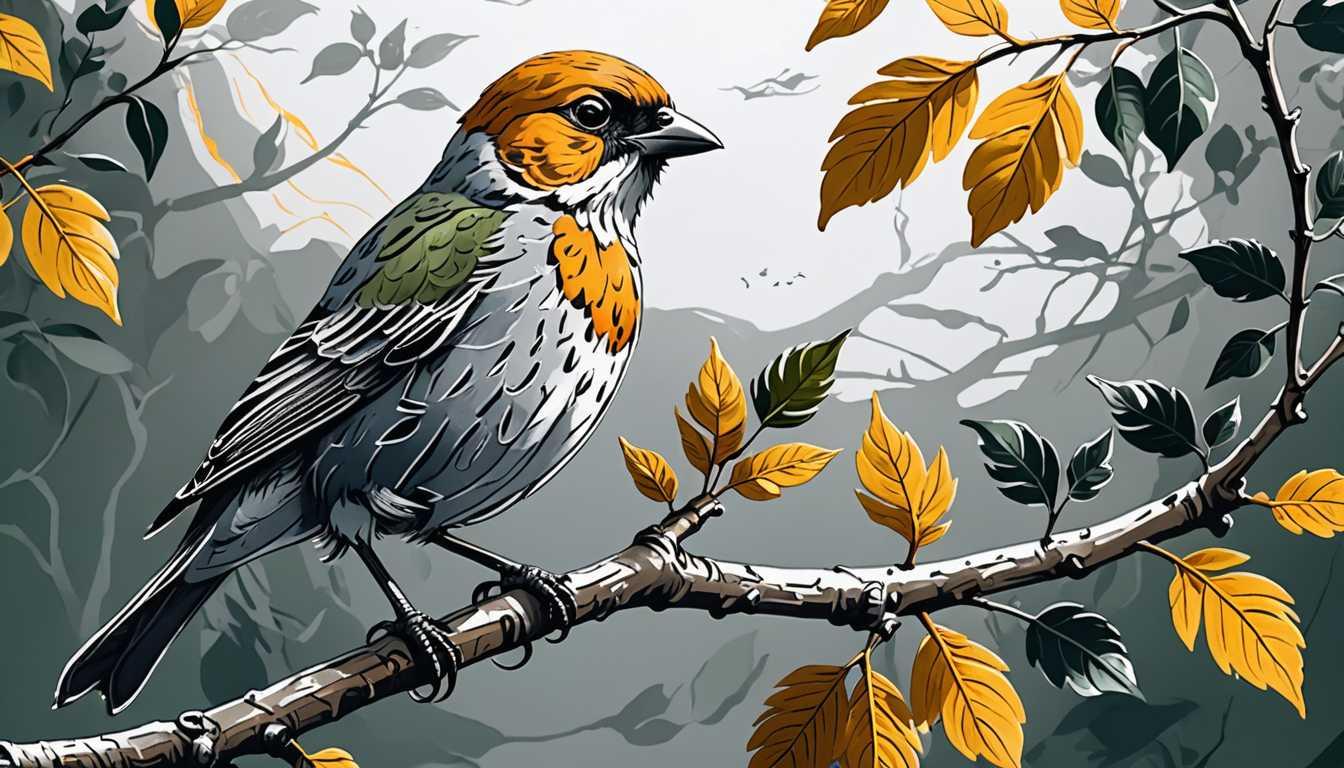Bengal Cats: Wild Looks, Domestic Roots
September 2021
Stanford University
Introduction
Dive into the wild world of Bengal cats, where Stanford Medicine researchers uncover the surprising truth behind their exotic coats. Thought to be the legacy of Asian leopard cats, these feline fashionistas actually owe their stunning patterns to the art of selective breeding within domestic cats. With humor, science, and a bit of cat charisma, this study will change how you see these mini jungle cats. Ready to be surprised? Pounce on this read!
READ FULL ARTICLEWhy It Matters
Discover how this topic shapes your world and future
Unraveling the Tapestry of Genetics
Imagine having the power to mix and match the colors and patterns of animals like a painter with a palette. That's essentially what scientists and breeders have been doing with Bengal cats. These cats, with their stunning leopard-like coats, serve as a fascinating example of how much we can learn from the animal kingdom, especially when it comes to genetics. This isn't just about creating pretty pets; it's a window into understanding how genes work to create the diverse appearances we see in the world around us. For you, this could mean exploring the boundless creativity of nature, understanding the science behind what makes each creature unique, and seeing firsthand how genetics is not just about what's inherited but also about what's possible through selection. This journey into the genetics of Bengal cats could inspire you to think about the broader implications of genetic research, from conservation efforts to medical breakthroughs, and even to the ethical considerations of genetic manipulation.
Speak like a Scholar
Genetic Variation
The differences in DNA among individuals or populations. Imagine if everyone had the same face; pretty boring, right? Genetic variation is nature's way of mixing things up, ensuring that no two Bengal cats (or people, for that matter) are exactly alike.
Artificial Selection
This is when humans play matchmaker with plants or animals, breeding them for specific traits. Think of it as nature's Instagram filter, but for real life, enhancing certain features (like the Bengal cat's dazzling coat) through careful selection.
Genome
The complete set of genes or genetic material present in a cell or organism. Picture it as the ultimate instruction manual that determines everything from the color of a cat's coat to the pattern of its spots.
Mutation
A change in the DNA sequence. Sometimes, these changes can lead to new traits, like the glittery fur of some Bengal cats. It's like a typo in the genetic instruction manual that leads to an unexpected, sometimes beneficial, outcome.
Hybridization
The process of crossing two different species or varieties to produce a hybrid. Bengal cats are the result of hybridizing domestic cats with Asian leopard cats, kind of like creating a new, limited-edition model of cat.
Genomic Incompatibility
Occurs when genes from different species (like the leopard cat and the domestic cat) don't work well together. It's like trying to play a PlayStation game on an Xbox console; they're just not compatible.
Independent Research Ideas
Exploring Genetic Diversity in Domesticated Animals
Investigate how artificial selection has shaped the appearance and behavior of other domesticated animals, comparing it to the natural selection processes in the wild. It's a chance to see how humans have played a role in the evolution of our furry friends.
The Ethics of Genetic Manipulation in Animals
Delve into the moral implications of breeding animals for specific traits, especially in terms of health and well-being. This could lead to a fascinating debate on the limits of human intervention in nature.
Conservation Genetics
Study how understanding the genetics of wild animals, like the Asian leopard cat, can aid in conservation efforts. It's about using science to save species and preserve biodiversity.
The Science of Coat Color and Patterns
Explore the genetic mechanisms behind the variety of coat colors and patterns in animals, using Bengal cats as a case study. This project could unravel the mysteries of what makes each animal look unique.
Genetic Anomalies and Their Effects
Research how genetic mutations can lead to both beneficial traits (like the Bengal's glittery fur) and harmful conditions in animals. It's a chance to learn how a tiny change in DNA can have big consequences.
Related Articles

Finch Evolution: Nature's Survival Secrets
February 2025
Harvard Gazette

Songbirds' Magical Brain Recovery
May 2024
California Institute of Technology

Decoding Doggy Behavior: A Harvard Tale
November 2023
Harvard University

Lonely Boy's Genetic Odyssey
July 2024
JSTOR Daily

Nature's Quirky Hybrids Unveiled
March 2024
Smithsonian Magazine